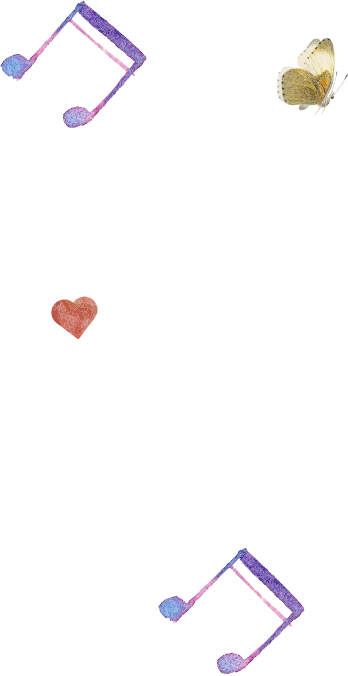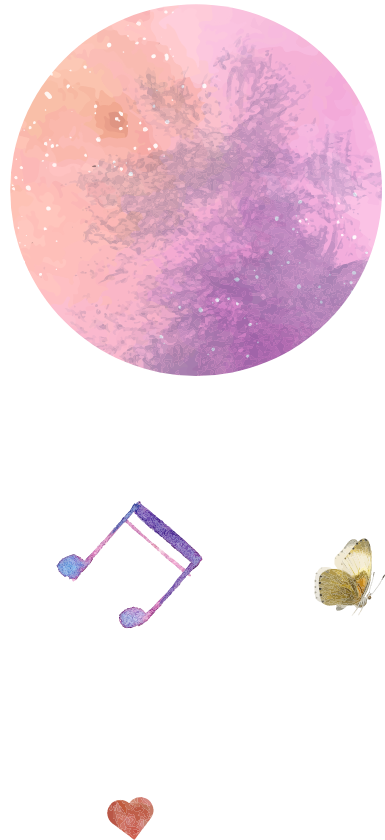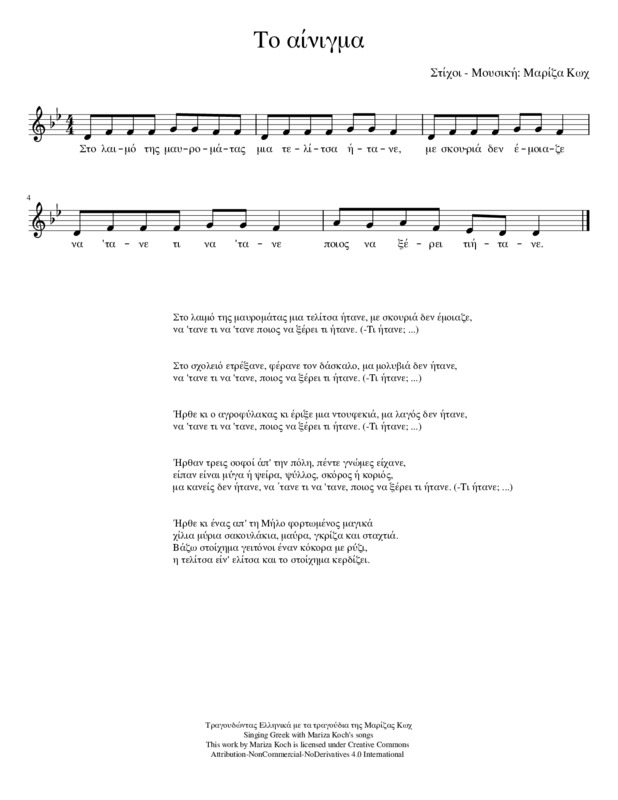
To ainigma

To ainigma
Pronunciation
Rhythmic and melodic recitation of phrases as found in singing games and counting-out rhymes e.g. “α-μπε-μπα-μπλομ” (a-mpe-mpa-mplom), “ο Καρακατσάνης” (o Karakatsanēs), “ένι-μένι ντουντουμένι” (eni-meni dountoumeni).
Practice in the correct articulation of words.
Practice in the correct articulation of words.
Speech Comprehension and Production
The riddle as a couplet that describes metaphorically or obliquely the properties of an object, synonymous with divination: examples and group games between the students of the classroom.
Retell the story of the lyrics in the form of the song using the characters of the song [μαυρομάτα (mauromata, has black eyes), δάσκαλος (daskalos, teacher), αγροφύλακας (agrophylakas) (rural police), τρεις σοφοί (treis sophoi) (three wise men), μάγος από τη Μήλο (magos apo tē Mēlo, wizard from the Greek island Milos).
Τhere are multiple answers to the question “What was it?” interposed between the verses. The pupils are asked to think creatively and to support their answers with arguments. The correct answer to the riddle, given at the end of the song, reveals that the story of the song has a hidden love message, according to the lyricist.
Retell the story of the lyrics in the form of the song using the characters of the song [μαυρομάτα (mauromata, has black eyes), δάσκαλος (daskalos, teacher), αγροφύλακας (agrophylakas) (rural police), τρεις σοφοί (treis sophoi) (three wise men), μάγος από τη Μήλο (magos apo tē Mēlo, wizard from the Greek island Milos).
Τhere are multiple answers to the question “What was it?” interposed between the verses. The pupils are asked to think creatively and to support their answers with arguments. The correct answer to the riddle, given at the end of the song, reveals that the story of the song has a hidden love message, according to the lyricist.
Music Activities
The pupils set the riddles to music.
Identify the structure of the song Α-Α'-Α'-Α'-Β (A-A’-A’-A’-B).
Listen (for older ages) to other traditional songs with a hidden love message e.g. “μήλο μου κόκκινο” (mēlo mou kokkino), “κοντούλα λεμονιά” (kontoula lemonia), “το γιασεμί” (to giasemi). Discuss the reason for this way of expression, in relation to the socio-ethical barriers of the past.
Identify the structure of the song Α-Α'-Α'-Α'-Β (A-A’-A’-A’-B).
Listen (for older ages) to other traditional songs with a hidden love message e.g. “μήλο μου κόκκινο” (mēlo mou kokkino), “κοντούλα λεμονιά” (kontoula lemonia), “το γιασεμί” (to giasemi). Discuss the reason for this way of expression, in relation to the socio-ethical barriers of the past.
Cross-thematic Connections - Greek Culture
Interdisciplinary concepts: tradition, symbolism.
Diachronic study: from the ambiguous prophecies of the ancient Greek oracles and the riddles of abstinence (Sphinx), to the popular philosophical riddles.
Search for riddles by other nations in an intercultural perspective.
Openness and closeness in the interpretation of symbols. Examples of closeness: letters and numbers, national and religious symbols, traffic signs, etc. Examples of openness: works of art (for older students).
Diachronic study: from the ambiguous prophecies of the ancient Greek oracles and the riddles of abstinence (Sphinx), to the popular philosophical riddles.
Search for riddles by other nations in an intercultural perspective.
Openness and closeness in the interpretation of symbols. Examples of closeness: letters and numbers, national and religious symbols, traffic signs, etc. Examples of openness: works of art (for older students).
Age level
7-11 years old
Language level
Intermediate
Ta chrōmatista tragoudia




